10 tips for planning your Swiss vacation
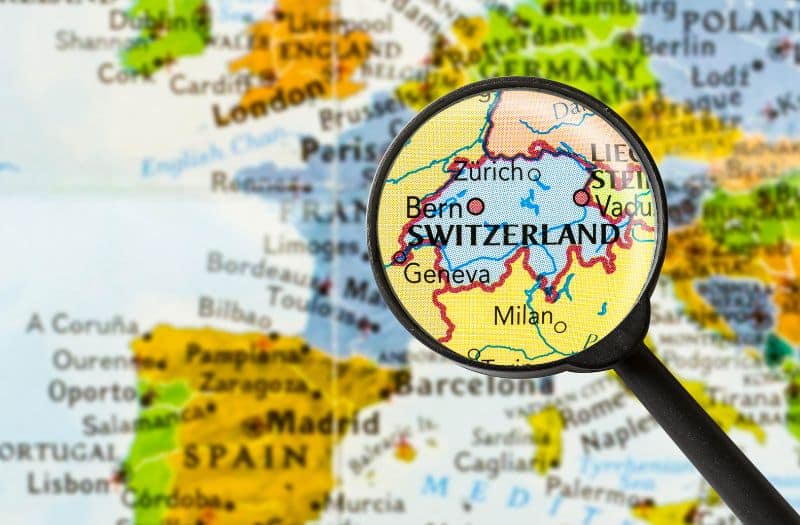
2024 looks like being another bumper year for Swiss tourism, with visitor numbers forecast to equal or even exceed the record figures of 2023.
With that in mind, and from what I experienced on my visit to Switzerland in 2023, I thought I’d share my top 10 Swiss travel tips for this year to help you plan, book, and experience your dream vacation to Switzerland.
This article is a transcript of episode 91 of our podcast which you can listen to here.
1. Consider travelling out of peak season

Typically the summer months of June, July, and August are the busiest, but autumn or fall is an ideal time to travel.
During September and the first half of October, the weather is still usually pretty good, Daylight saving time is still in effect, so there’s plenty of daylight hours, and mountain railways and attractions are still open.
Visiting Switzerland during the autumn means that you will avoid the biggest crowds, but you’ll still have the opportunity to see exactly the same things and have an equally good time.
If you’re not restricted to travelling during summer or during school holidays, for instance, definitely consider moving your trip a little bit further out and travelling during September and the first half of October.
🇨🇭 Read more: Autumn in Switzerland – Essential information for planning your visit to Switzerland in the Fall
2. Book your seat reservations for the panoramic trains early

Even if you’re not travelling in peak season, it’s still a great idea to do this because the Panoramic trains are extremely popular.
You may have heard that seat reservations aren’t required for trains in Switzerland. And this is the case for 99 % of the trains.
However, if you’re planning on travelling on the Glacier Express, Bernina Express, Gotthard Panorama Express or in Prestige Class on the GoldenPass Express, seat reservations are compulsory.
Bookings for seat reservations generally open around 90 days before travel, the exception being for Prestige Class on the Golden Pass Express, which opens about 11 months ahead of travel.
In order to book these seat reservations, you need to go on to the website of the actual train operator. You can find detailed guides about each of the panoramic trains mentioned above in our Transport section.
These articles feature step by step instructions of how to go about booking those seat reservations and the links through to the official website to do so.
If you do miss out on securing seat reservations, don’t be too disappointed as there are lots of other alternatives.
Regional trains, for instance, travel on the same route as the panoramic trains so you don’t actually have to travel on one of these panoramic trains to experience the same scenery and the same fantastic journey.
There are also some less famous, but equally as beautiful, scenic trains, that still provide an exceptional experience. Find out more in this article.
🇨🇭 Listen: Learn more about alternative scenic routes in episode 87 of our podcast
Are seat reservations required for Switzerland’s mountain railways?

When it comes to seat reservations, the mountain railways don’t generally book out. They mostly operate very frequent services throughout the day and you can just get your ticket on the day of travel.
However, there are a few mountain trains where seat reservations are recommended. They are the Jungfraubahn (between Kleine Scheidegg and/or Eiger Glacier and Jungfraujoch), the Schynige Platte train and the Brienzer Rothorn train.
We recommend pre-booking seat reservations for these three mountain railways due to their popularity and the limited capacity of the latter two trains.
The day before travel is usually early enough for booking these seat reservations. This means you can check the forecast for the following day (to make sure the weather will be suitable for a mountain excursion) before booking your seat reservation.
Seat reservations for the above mountain railways can be made on the website of the railway/operator. Jungfraubahn and Schynige Platte seat reservations can also be made at any station in the Jungfrau Region.
While seat reservations aren’t actually necessary for the Gornergrat train, which goes from Zermatt up to Gornergrat, you can actually buy priority boarding tickets. These are a great idea because, as the name suggests, you get to board the train ahead of all the other passengers.
Boarding the train first ensures that you can get a seat on the right-hand side of the train, which is the best side to sit on (going up to Gornergrat) for fantastic Matterhorn views.
These seat reservations and the priority boarding tickets that I’ve mentioned, are in addition to the actual fare for the trip.
If you’ve got a travel pass that covers the trip or you’ve got a separate ticket that you’ve purchased for that excursion, you do need to pay that additional fee for your seat reservation or your boarding ticket.
3. Book your accommodation early

If you particularly want to stay in a specific location or a specific destination, or you want to ensure you can book a property with facilities such as air conditioning, an elevator, a family room, or a connecting room, it is wise to book as far ahead as possible.
Whilst you will probably still find somewhere to stay even if you book your accommodation at the last minute, you may need to compromise on location or facilities.
For the greatest choice, especially when you are travelling in summer, we therefore recommend you book as early as possible.
🇨🇭 Read more: Where to stay in Switzerland – Accommodation options for every traveller
4. Incorporate some time for flexibility in your itinerary.

It’s likely that not everything will go 100 % to plan.
The weather might not be suitable for the activity you’ve planned for the day or you may linger over breakfast and catch a later train than originally planned, for instance.
Or you might get to a place and really like it so rather than just staying for lunch you decide to spend a few hours there.
You should also allow time for queuing at popular locations such as Grindelwald First. The adventure activities at First are extremely popular and the waiting time in queues for the First Flyer zipline, the mountain carts and other activities, can be in excess of three hours during summer.
(At the time of writing there was no option to pre-book a time slot for these activities.)
By allowing some flexibility, not having your itinerary planned hour by hour, you have the freedom to amend your itinerary on the go.
Planning a trip to Switzerland?
At Holidays to Switzerland we are passionate about sharing our love of Switzerland and helping you to plan the perfect trip. Read our guide to planning a trip to Switzerland to kick start your travel plans and join our free Switzerland Travel Planning group on Facebook to chat with other past and future travellers.
Want monthly news and podcast updates, helpful travel tips and special deals sent straight to your inbox? Subscribe to Holidays to Switzerland and we’ll send you a bonus copy of our 21 Useful Things to Know Before You Visit Switzerland guide.
🇨🇭 Check out our exclusive discount offers and save on your Swiss vacation. 🇨🇭
5. Consider buying a travel pass before you get to Switzerland
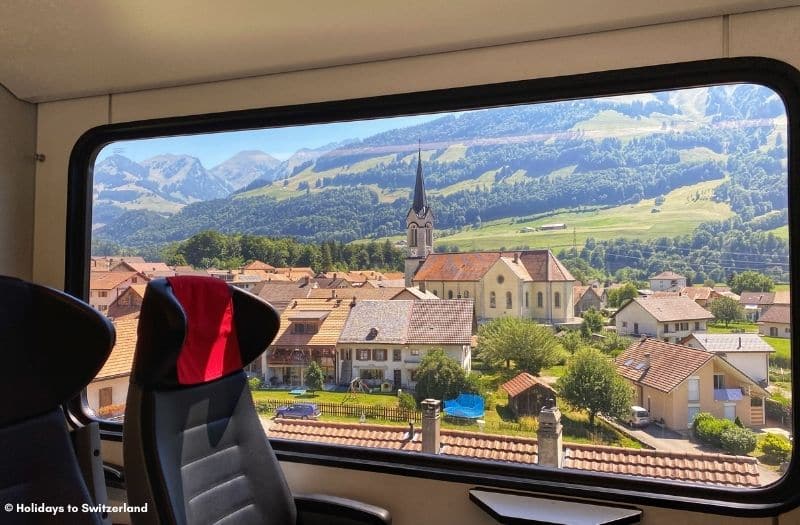
Buying a Swiss rail pass before you get to Switzerland not only gets a major expense out of the way well ahead of time, but it also means that you won’t have to buy tickets for every trip that you take once you’re in Switzerland.
Depending on your itinerary, it may not make sense to buy a rail pass, especially if you’re only doing a couple of train trips and maybe one or two mountain excursions.
If you’ll be in Switzerland for a week or so and you are planning on doing quite a few train trips and a few mountain excursions, a rail pass can be of great value.
Not sure if you should buy a rail pass? Our digital calculator can help you decide.
Would you like to save this article?
We promise never to spam you.
Having your Swiss rail pass in your hand before you get to Switzerland means that you can start using it as soon as you arrive. You won’t need to queue at the train station ticket counter at Zurich Airport or Zurich main station (both of which are usually incredibly busy) to buy your rail pass.
When you have a travel pass, you just simply hop on and off any form of transport that the pass covers without the need to buy an additional ticket.
Buying you pass online before travel also means you’ll receive a QR code on your digital pass. This allow you to scan your pass at the turnstiles of included mountain railways saving you the hassle of queuing to show your pass at the ticket counter.
Having a travel pass gives you ultimate flexibility and it can save you both time and money.
🇨🇭 Read more: How to choose the best Swiss rail pass for your trip
6. Check the operating dates of cable cars and mountain railways before you get to Switzerland
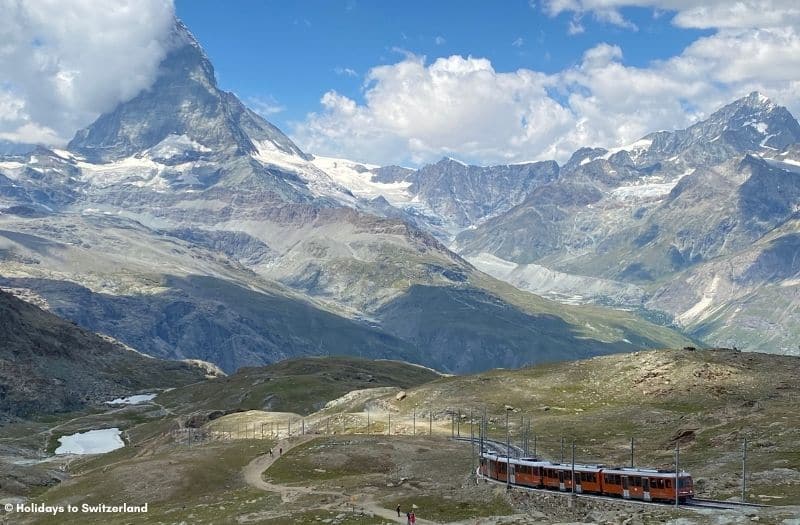
Some of the mountain railways only operate during the summer months, whilst others may close for a few weeks during spring or autumn for their annual maintenance.
To avoid the disappointment of getting to a region with your heart set on doing a particular mountain excursion only to find out that it closed two days before you arrived, it is a good idea to check the operating schedules in advance.
The websites of each of the mountain railways show the operating dates and we also list the dates in this article.
Knowing in advance what will be operating when you’re in Switzerland will help with your planning and will help to avoid disappointment.
Note: There are some ongoing works taking place at the Schilthorn as part of the Project 20XX construction. Of particular note is that the section from Birg station to the Schilthorn will be closed from October 2024 until March 2025.
7. Wander off the well-trodden path
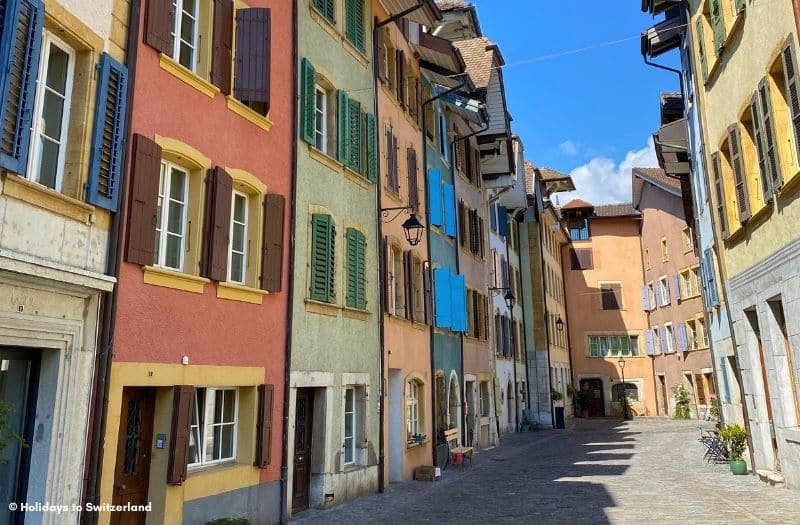
Why not include a less well-known destination in your itinerary for a chance to experience a more traditional, less tourist-focused town or village?
This doesn’t have to mean going too far out of your way. You could get off a Lake Brienz cruise for a stroll around Ringgenberg and its castle ruins, for example, or just hop off a train at a stop mid-journey for a wander and then resume your trip later.
You can do a half-day or a day trip to a place that’s not mentioned in your standard guidebook or on social media to really make your trip uniquely yours.
There are plenty of beautiful towns and villages within easy reach of the main centres and they’re all accessible by public transport so you can easily combine them with the regular tourist sites as well.
🇨🇭 Listen: Episode 88 – Exploring enchanting villages in Switzerland
8. Purchase travel insurance

We know that no-one likes spending money on something that they might not need, but trust me, anything can happen so it’s better to be safe than sorry.
I’ve had a couple of instances over the years where we’ve had to claim on our travel insurance. In one case, my husband had kidney stones and was hospitalised in France for five days.
Another time, we had to cancel our entire trip before departing due to a serious illness of a family member.
Whilst we think these things won’t happen, sometimes they do.
Something as simple as a sprained ankle whilst you’re out hiking can result in you requiring a helicopter transfer off the mountain.
No-one needs that expense, I can tell you.
9. Use our resources
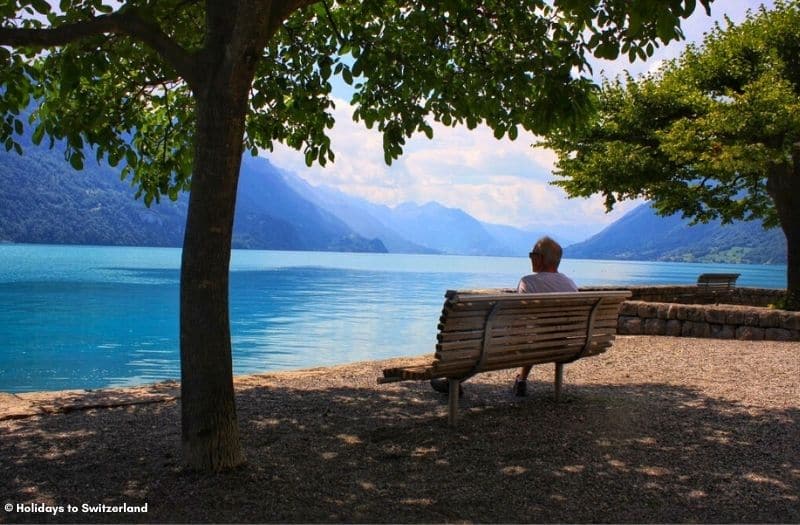
This website has hundreds of detailed articles covering just about every aspect of planning a trip to Switzerland that you can think of. We also have a podcast, which again, covers a wide variety of topics related to planning a Swiss vacation.
Our Facebook group, Switzerland Travel Planning, has over 35,000 members and is a fantastic place to ask questions about your upcoming trip.
All of these resources are there for you to access totally free of charge. So why not make use of them?
We understand that everyone’s trip will be different, of course. There’s no one-size-fits-all itinerary or holiday style.
Some travellers prefer to methodically research, plan, and book every aspect of their trip, whilst others would prefer to have everything done for them by someone else. And there are folks who fit somewhere in between.
Some folks prefer to travel independently, whilst others like to be part of a group.
Whatever style of traveller you are, this website, our podcast and Facebook group should be your first port of call when you start your trip planning.
You’ll also find some exclusive discount offers that you might like to take advantage of, too.
10. Travel with an open mind
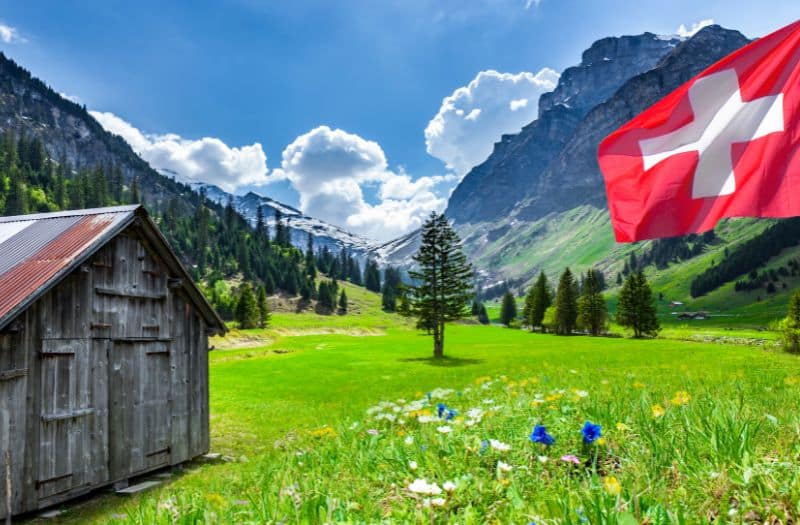
Not everything will be the same as it is at home. Some things will operate differently and the food and drinks may be prepared or served differently.
That’s the beauty of travel and discovering other cultures so go with the flow and embrace the differences.
Switzerland is a stunningly beautiful country that will take your breath away.
I know you’re going to fall in love with Switzerland, and I hope these tips will help to make your trip a smooth one.
SWITZERLAND TRAVEL ESSENTIALS

